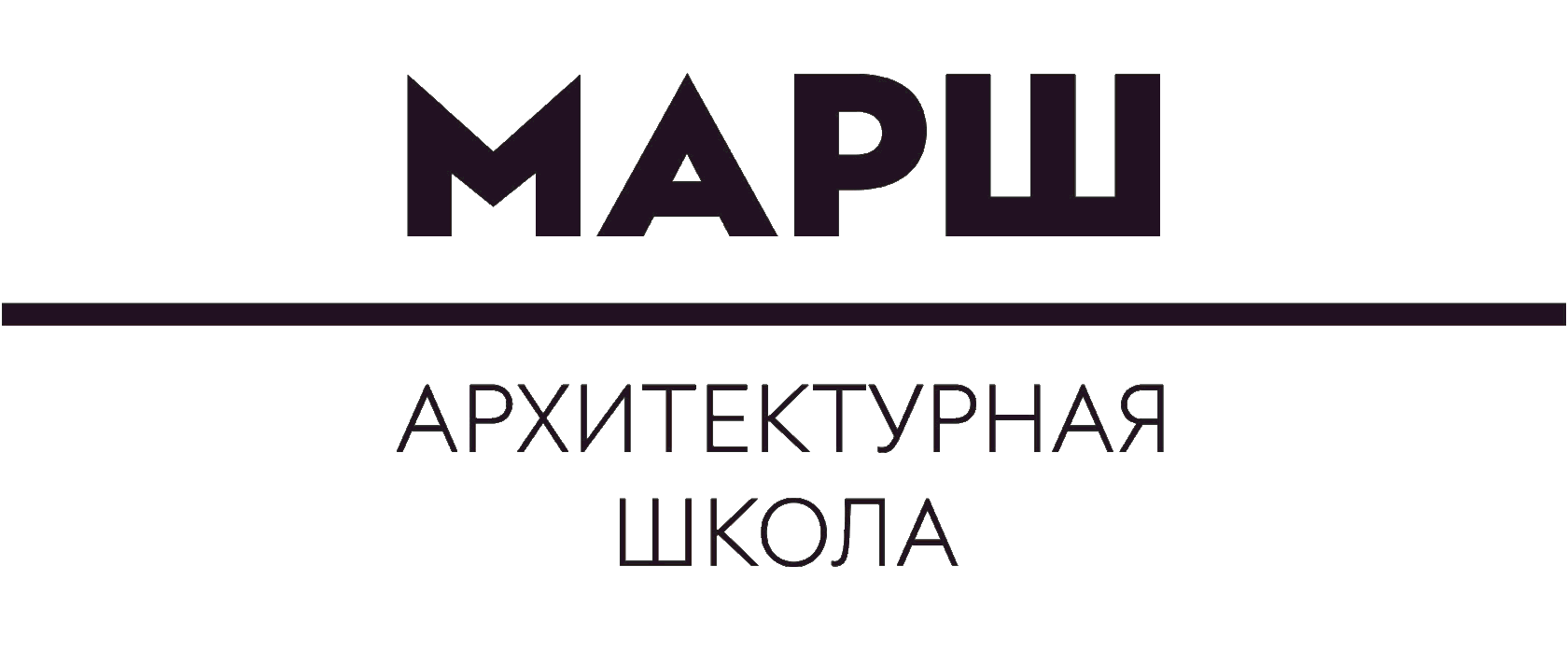


The Russian Pavilion in Venice: Between Past and Future



The GARAGE Museum of Contemporary Art exhibition hold on June 10-29, 2014, was dedicated to the 100th anniversary of the Russian pavilion at the Venice Biennale, and its more experimental part displayed special projects designed by MARCH Architecture School students, who produced their own view on the "national" idea representation by architecture means.
Projects _ Warehouse, It is Cold, Ingenuous, Fence to Europe, Becoming, In the Looking-glass Land, Blur.
Students _ Daniel Barenboim, Veronika Barinova-Malaya, Andrey Costanda, Mariya Kurkova, Mihail Mikadze, Natalia Sablina, Artem Slizunov.
Curator _ Eugene Asse
Projects _ Warehouse, It is Cold, Ingenuous, Fence to Europe, Becoming, In the Looking-glass Land, Blur.
Students _ Daniel Barenboim, Veronika Barinova-Malaya, Andrey Costanda, Mariya Kurkova, Mihail Mikadze, Natalia Sablina, Artem Slizunov.
Curator _ Eugene Asse
PROJECTS
Fence to Europe▁Maria Kurkova
PO-2 panel is the most replicated architectural project in Russia. All country enclosed with these plates. Vacuum and isolation, restraint and moisture, expanse and detachment, mystique and inaccessibility – all these things are reflections of the inner life of the country.
PO-2 panel is the most replicated architectural project in Russia. All country enclosed with these plates. Vacuum and isolation, restraint and moisture, expanse and detachment, mystique and inaccessibility – all these things are reflections of the inner life of the country.
In the Looking-glass Land▁Natalia Sablina
The pavilion structure represents the wide open, but intricate as a multilevel labyrinth the enigmatic Russian soul. The building volume is not rigorously shaped: composed of different wooden slabs, in some places, it is under construction, in others ― it is degrading; in some parts, it is leaking, in others ― botched; some spaces are open to the outside, while others are completely impassable. The pavilion visitor is wandering in the Looking-glass land of the Russian soul.
The pavilion structure represents the wide open, but intricate as a multilevel labyrinth the enigmatic Russian soul. The building volume is not rigorously shaped: composed of different wooden slabs, in some places, it is under construction, in others ― it is degrading; in some parts, it is leaking, in others ― botched; some spaces are open to the outside, while others are completely impassable. The pavilion visitor is wandering in the Looking-glass land of the Russian soul.
Ingenuous▁Andrey Costanda
The pavillion geometry towers up and achieves a complex structure, a symbol of the simple character of the Russian people. But readability is difficult for other nations. The viewer feels tranquility and a sense of peace. Intensified by the contrasting labyrinth of complicated verticals.
The pavillion geometry towers up and achieves a complex structure, a symbol of the simple character of the Russian people. But readability is difficult for other nations. The viewer feels tranquility and a sense of peace. Intensified by the contrasting labyrinth of complicated verticals.
It is cold▁Veronika Barinova-Malaya
Russia is represented by the whole world as a cold country, and not only in a literal sense. The project presents this image of a "cold" Russia.
Russia is represented by the whole world as a cold country, and not only in a literal sense. The project presents this image of a "cold" Russia.
Becoming▁Mikheil Mikadze
There are two substantial ideas behind this pavilion design. Firstly, it is meant to symbolize the chronically incomplete state of Russian architecture, and secondly, to formalize the relationship between the driving force and the mass it drives.
There are two substantial ideas behind this pavilion design. Firstly, it is meant to symbolize the chronically incomplete state of Russian architecture, and secondly, to formalize the relationship between the driving force and the mass it drives.
Blur▁Artem Slizunov
Luring one inward like a viscous enveloping substance is a highly concentrated group of spaces that geometrically penetrate each other, creating the illusion that it is possible to move from one to another.
Luring one inward like a viscous enveloping substance is a highly concentrated group of spaces that geometrically penetrate each other, creating the illusion that it is possible to move from one to another.
Warehouse▁Daniel Barenboim
Russia is a historical phenomenon, an inexhaustible storehouse of natural resources, ideas, opportunities, and training. This pavilion project describes an image of Russia as a storage warehouse.
Russia is a historical phenomenon, an inexhaustible storehouse of natural resources, ideas, opportunities, and training. This pavilion project describes an image of Russia as a storage warehouse.
PER FORMA
Choreographers and architecture students comprehended four significant architectural texts and treatises from the XV to the XX c. and found for them a form in a joint performance.
NURTURING
Eugene Asse, the MARCH School Dean, reflects the subtle process of architecture learning, and education as a form of radical architectural project.
EDUCATION
Professor Robert Mull, co-founder and the honorary professor of the MARCH School, talks about the architectural education through the lenses of his own career episodes.
